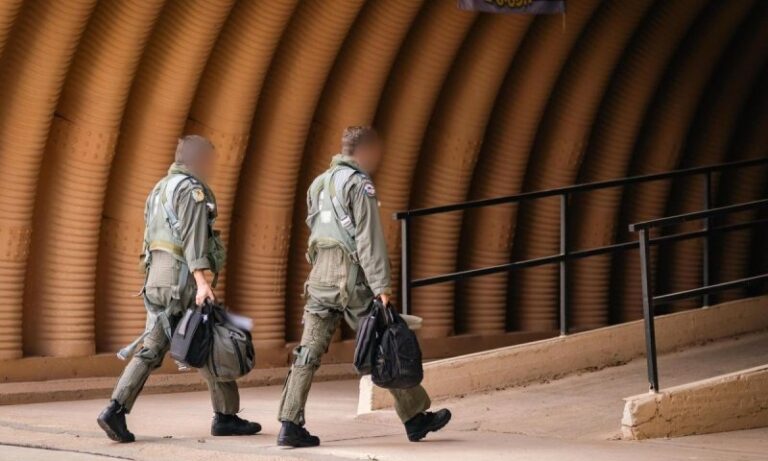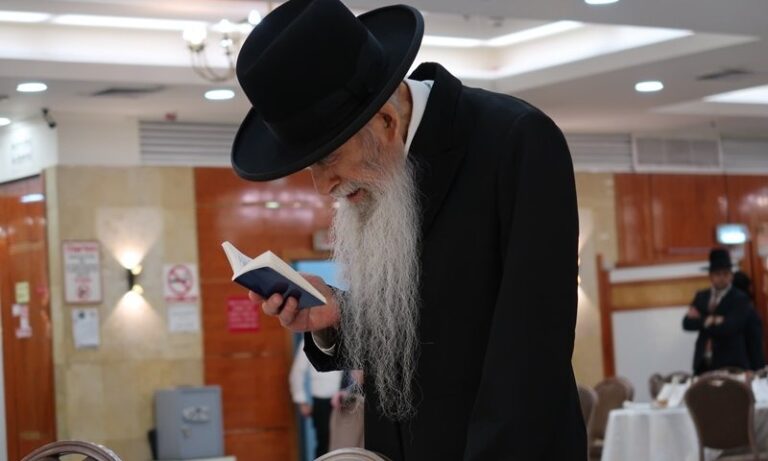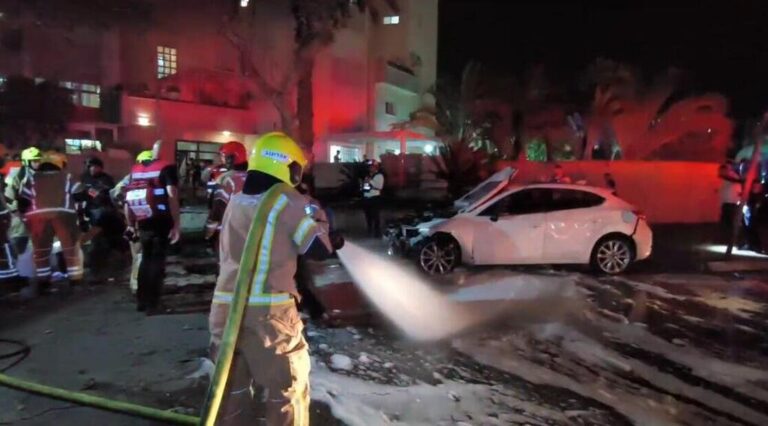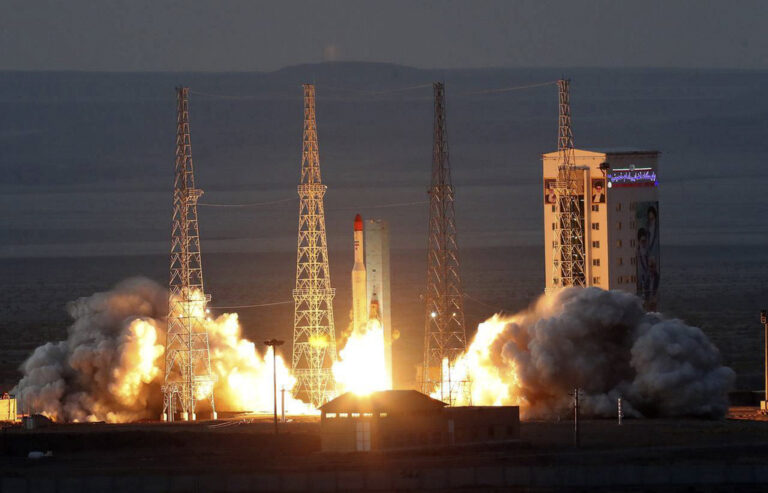 After pummeling the nation’s midsection with heavy snow, a late-winter storm made its way Wednesday to the nation’s capital, where residents braced for the possibility of power outages.
After pummeling the nation’s midsection with heavy snow, a late-winter storm made its way Wednesday to the nation’s capital, where residents braced for the possibility of power outages.
As the storm closed in, the federal government said its offices in the Washington, D.C., area would be closed Wednesday. Many major school systems around Washington and Baltimore announced pre-emptive closures as well.
Officials said outages were the biggest potential problem from the storm, which was expected to dump 5 to 11 inches of snow in Washington and Baltimore by Wednesday night. Minor tidal flooding was possible along the Delaware coast, the western shore of the Chesapeake Bay and the lower Potomac River, the National Weather Service said.
Already, the storm has been dubbed a “snowquester.” The nickname is a play on the D.C. wonk term “sequester,” used to describe the $85 billion that must be cut from federal budgets over the next six months after President Barack Obama and lawmakers failed to reach a deal to reduce the national deficit. The “snowquester” has shut down government offices just as the budget cuts threaten to do.
Maryland Emergency Management Agency spokesman Ed McDonough reported no major incidents as of Wednesday morning. There were about 600 power outages statewide as the conditions were worsening in parts of Maryland.
The State Highway Administration said it expected the snow to intensify during the day, adding to accumulations the agency measured Wednesday morning at about 7 inches in Keysers Ridge in the western Maryland mountains and 2 to 3 inches in central Maryland.
“We’re urging folks not to travel today and to leave the driving to our professional snow plow drivers,” highway agency spokeswoman Lora Rakowski said.
Areas north and west of Washington and Baltimore had been seeing snow since about 3 a.m. The metropolitan region and communities to the south and east had a wet, wintry mix of precipitation.
By early Wednesday, wet snow was falling in the Washington area. It was accumulating on the grass in some areas, but not on the streets as temperatures hovered above freezing. The worst of the storm was expected to arrive by midday.
Washington resident Sheri Sable, out walking her two dogs in light rain early Wednesday, said her office was closed because of the storm. She said the nation’s capital gets spooked by snow; even the dog park she frequents had failed to open at 7 a.m.
“They just say that it might snow and the whole city shuts down,” she said.
The storm brought around 10 inches of snow to weather-hardened Chicago by late Tuesday, when snow was also starting to come down in parts of Virginia. Schools were closed in Minnesota, Wisconsin and Illinois, and more than 1,100 flights were cancelled at Chicago’s two major airports, prompting delays and closures at others.
Airlines along the storm’s projected path cut flights too, including hundreds more Wednesday at Dulles and Reagan National airports in the Washington area, according to FlightAware.com.
While there were no initial reports of major accidents in the Chicago area, a semi-trailer slid off a snow-covered interstate in western Wisconsin, killing one person. The search for a second person, believed to be a passenger, was suspended overnight.
Still recovering from Superstorm Sandy, the Jersey Shore, along with other parts of the Northeast, was preparing for another possible hit Wednesday and Thursday. The storm should bring rain and snow, but one of the biggest problems could be flooding in areas where dunes were washed away and many damaged homes still sit open and exposed. Those areas could get 2 to 4 inches of snow, with Monmouth and some inland counties possibly getting as much as 6 inches. A coastal flood warning was in effect until Thursday morning from Sandy Hook to Cape Cod.
An upper-level, low-pressure system coming in from the northwest and a surface low sweeping up from Kentucky were expected to converge along the Virginia-West Virginia line, bringing heavy precipitation, cold temperatures and winds gusting up to 35 mph.
“Whenever you’re talking about that much heavy, wet snow and those winds of 20-30 mph with some higher gusts, there’s a concern for numerous power outages,” said National Weather Service meteorologist Jared Klein in Sterling, Va.
Both Baltimore Gas and Electric Co. and Pepco in the Washington area said they would have extra line crews available.
The Maryland State Highway Administration pre-positioned tow trucks at rest stops and park-and-ride lots, and told its tree-trimmers to get ready.
“We certainly anticipate some signal outages. We certainly anticipate some trees down, which can cause power outages,” spokesman David Buck said.
The closure of many schools and offices was expected to alleviate snarled traffic in the District of Columbia. The Metro transit system was operating normal train service but said some bus routes would be suspended. Subway workers were focused on clearing snow from tracks, platforms and parking lots.
The Maryland Transit Administration was monitoring overhead power lines for snow and ice accumulation.
In Virginia, the storm was expected to dip along the coast and dump moisture-laden snow inland totaling a foot in the Blue Ridge Mountains and up to 21 inches in higher elevations.
Dominion Virginia Power had also alerted out-of-state utilities it might require assistance if the storm lived up to its billing.
Virginia Gov. Bob McDonnell directed executive branch agencies to allow eligible nonessential employees to work remotely or to “be generous” in approving leave requests for workers who live in regions under a storm watch or warning.
The state’s emergency operations center was to open Wednesday morning, and state transportation officials advised motorists to avoid travel at the height of the storm.
The Baltimore-Washington area’s last snowstorm struck Jan. 26, 2011. It hit Washington during the evening rush hour, causing some motorists to be stuck in traffic nearly overnight. It dropped 5 inches on Washington and 7.8 inches on Baltimore, knocked out power to about 320,000 homes and contributed to six deaths.
Since then, the federal government has changed its bad-weather policies to allow workers to leave their offices sooner or to work from home if major storms are expected.
The U.S. Office of Personnel Management, which sets leave policies for 300,000 federal workers, said non-emergency employees of the federal government would be granted excused absences for Wednesday. The agency was criticized after the 2011 storm for waiting too long to tell workers to go home, leading to gridlock.
(AP)











One Response
Close Washington for a month and maybe we will save $200,000,000